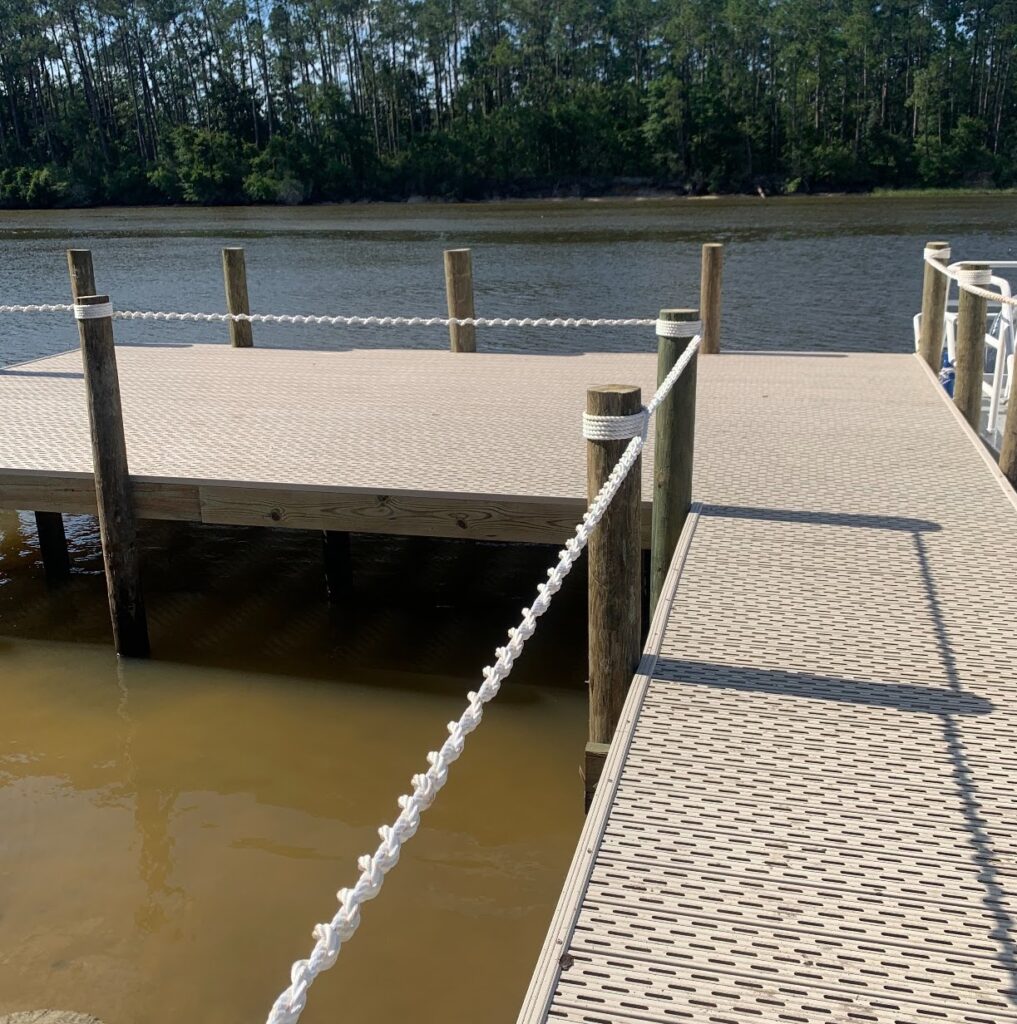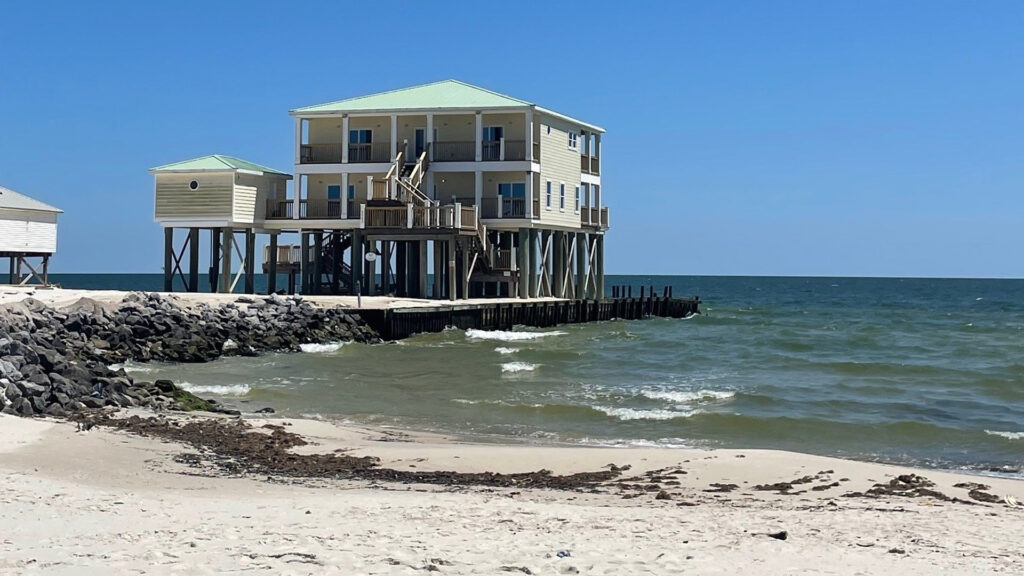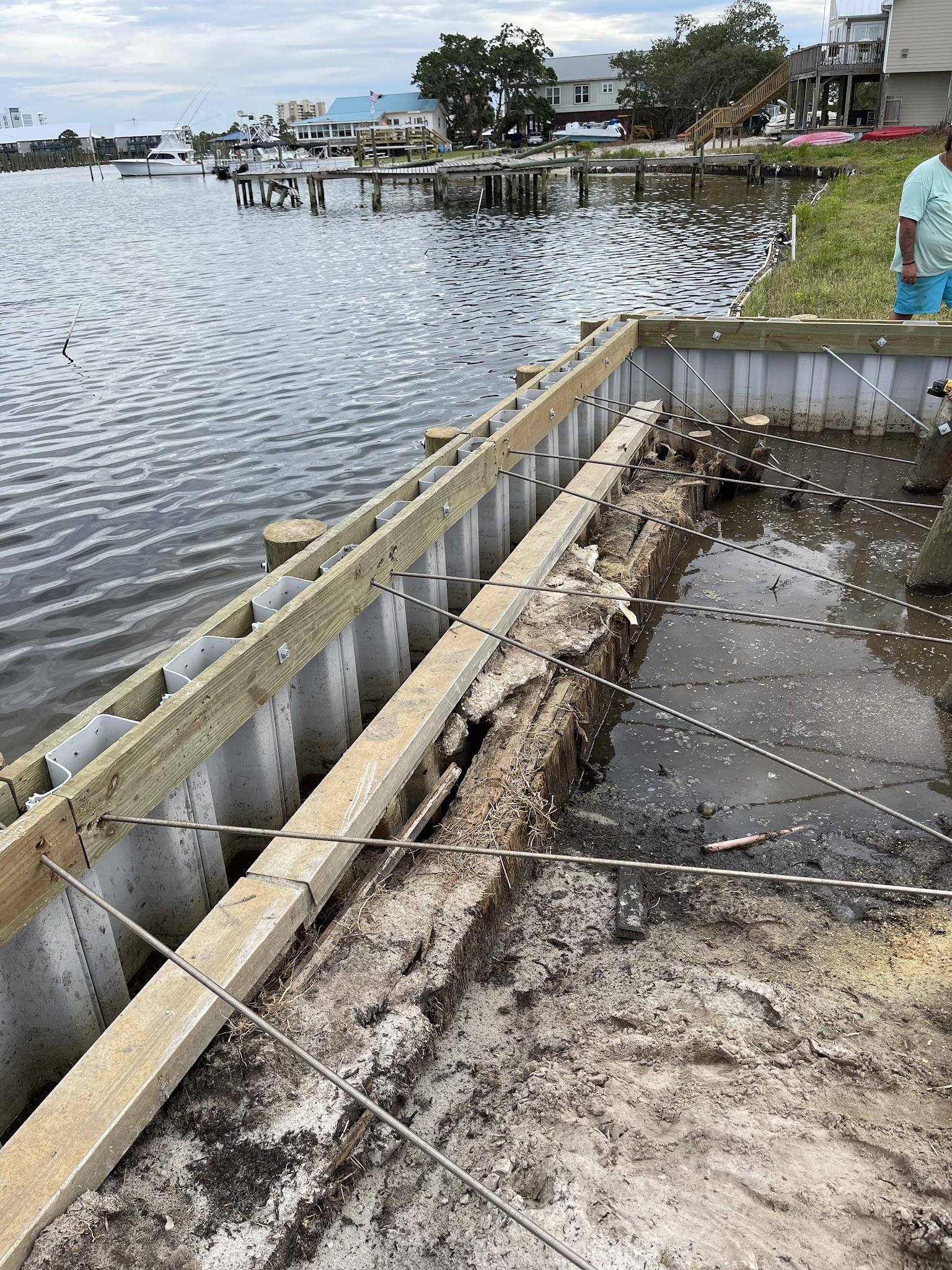Constructing a dock along a coastline or waterfront is a complex project that demands careful planning, engineering expertise, and precise execution. Whether the dock is intended for private residential use, commercial purposes, or part of a marina development, it must be designed to withstand the unique challenges posed by marine environments. These challenges include tides, currents, wave action, saltwater corrosion, and changing weather conditions. A well-built dock offers durability, safety, and functionality, while also complementing its surrounding environment.
In this blog, we will explore the essential components of modern dock construction, from initial site assessment to innovative materials and cutting-edge installation techniques. By understanding these critical elements, property owners and developers can appreciate what it takes to build a dock that lasts through time and tide.
Understanding Site Assessment and Environmental Considerations
Before construction can begin, a comprehensive site assessment is essential. This initial step lays the groundwork for the entire project by providing a detailed understanding of the local environment and conditions. Water depth is a crucial factor because it determines the type of dock and foundation system that can be used. Shallow waters may limit the options for pile driving or anchoring, while deeper waters require more substantial foundations.
Tidal fluctuations and wave patterns must be carefully studied, as they influence how the dock will perform under various weather conditions. For example, docks in areas with high tidal ranges need to be elevated or designed to float to remain functional throughout the day. Currents can affect structural stability and cause erosion, so designs must account for these dynamic forces.
The soil and seabed composition also plays a significant role in dock construction. Rocky seabeds require different foundation methods than soft sediments or sandy bottoms. Geotechnical surveys help engineers determine the best type of piles or anchors to use and how deep they need to be driven for maximum stability.
Environmental regulations are another critical consideration. Coastal and marine areas are often protected habitats for wildlife and sensitive ecosystems. Compliance with local, state, and federal environmental laws is mandatory to avoid fines and project delays. Environmental impact assessments ensure that the construction will not unduly disrupt marine life, water quality, or natural shoreline processes.
Involving environmental specialists early in the planning stage ensures that all necessary permits are obtained and that the dock design incorporates features that minimize ecological disruption. Sustainable construction practices can include designing for natural water flow, avoiding critical habitats, and using eco-friendly materials.
Engineering Design: Tailoring Docks for Strength and Stability
Once the site is thoroughly assessed, engineers move to the design phase. Dock engineering involves creating structural plans that meet the specific needs of the site and the client. The primary goal is to ensure the dock will be safe, durable, and capable of handling expected loads such as foot traffic, boat mooring forces, and environmental pressures.
Structural engineers use detailed calculations to determine the load capacities of the dock’s components. This includes the decking, support beams, piles, and anchoring systems. They consider not only the static weight of the dock itself but also dynamic forces from waves, wind, and vessel movement.
Selecting the foundation type is critical. Pile foundations, which involve driving vertical supports deep into the seabed, are common in many dock projects due to their excellent load-bearing capacity and stability. The depth and diameter of piles vary depending on the soil conditions and water depth. Alternatively, docks may use anchors or mooring systems where pile driving is not feasible, such as in rocky or environmentally sensitive areas.
The framework of the dock is designed with materials and geometries that resist bending, twisting, and corrosion. Advanced computer modeling allows engineers to simulate different scenarios, testing how the dock will perform during storms or heavy use.
Modern docks often feature modular construction elements. These pre-fabricated sections speed up installation and make future expansions or repairs easier. Modular docks can be assembled on-site with precision, reducing labor costs and minimizing environmental disturbance.
Materials Selection: Balancing Durability and Aesthetics
The choice of materials profoundly affects the dock’s longevity, maintenance needs, and appearance. Traditional materials such as pressure-treated wood have been popular for decades due to their natural look and resistance to rot. However, wood requires regular maintenance, including sealing and treatment, to prevent decay from moisture, insects, and saltwater exposure.
Composite materials have become increasingly common in recent years. Made from a blend of wood fibers and recycled plastics, composites offer enhanced resistance to weathering, rot, and insect damage. They are virtually maintenance-free, do not splinter, and resist fading from UV exposure. Composite decking is often preferred for its eco-friendly profile and consistent appearance.
Metals such as galvanized steel and aluminum provide structural strength for support beams and pilings. Steel is extremely durable but must be protected with coatings to prevent rust in marine environments. Aluminum is lighter and naturally corrosion-resistant, making it ideal for some dock components. Both metals enable the construction of longer spans without excessive support.
Other innovative materials include marine-grade plastics and fiberglass, which are corrosion-proof and require little upkeep. These materials are particularly useful in harsh saltwater environments and can be molded into various shapes to meet specific design requirements.
Choosing materials involves balancing several factors: budget, intended use, environmental impact, and aesthetic preferences. For example, a luxury private dock might emphasize premium hardwoods and custom finishes, while a commercial dock might prioritize durability and ease of repair.
Marine Installation Techniques: Precision and Expertise
Installing a dock is one of the most challenging phases of the project due to the marine setting and logistical constraints. Specialized equipment and skilled labor are required to safely and accurately place heavy components underwater and above water.
Marine pile driving is a primary method for securing vertical supports. This process uses hydraulic or diesel hammers mounted on barges or floating platforms to drive piles deep into the seabed. Precision is critical to ensure piles are vertical and spaced correctly. This also minimizes disturbance to the surrounding environment.
In some cases, anchors or screw piles are installed using rotary drilling techniques. These are less invasive than traditional pile driving and are preferable in environmentally sensitive areas. Underwater welding may be necessary to join metal components or repair structures during installation.
Heavy machinery such as cranes, barges, and linear winches are used to transport and position materials. Linear winches, in particular, allow for the controlled movement of large dock sections, facilitating precise placement. Using these tools reduces manual labor and increases safety on the job site.
Project managers coordinate these operations carefully, scheduling work around tides and weather to maximize efficiency and minimize risks. Safety protocols are strictly followed to protect workers and marine life.
Ensuring Safety and Compliance
Safety is a paramount concern in dock construction, both during the build process and for the dock’s long-term use. Designs must comply with all applicable building codes and marine safety regulations. These rules cover structural requirements, electrical systems, lighting, railing heights, and non-slip surfaces to prevent accidents.
During construction, safety measures include proper training for workers, use of personal protective equipment, and continuous monitoring of weather and water conditions. Inspections ensure that each stage of construction meets quality and safety standards.
Once the dock is complete, regular maintenance and inspections are vital to identify wear, corrosion, or damage that could compromise safety. Timely repairs prevent accidents and extend the dock’s usable life.
Working with certified engineers and marine construction experts guarantees that the project adheres to all safety standards. It also helps protect property owners from liability and costly legal issues.
Innovations Driving Modern Dock Construction
The dock construction industry is continuously evolving thanks to new materials, technologies, and environmental awareness. Floating dock systems have become popular for their adaptability to changing water levels. These docks rise and fall with the tide, reducing stress on structural components.
Advanced coatings and sealants improve corrosion resistance and reduce maintenance costs. Nanotechnology-enhanced paints and protective layers are becoming standard to protect metal surfaces from saltwater damage.
Smart monitoring sensors integrated into docks allow property owners and operators to track structural health, detect movement, and identify early signs of damage. This proactive approach prevents costly failures and enhances safety.
Sustainable construction practices are gaining traction, focusing on minimizing environmental impacts. This includes using recycled materials, designing for natural water flow to avoid erosion, and preserving marine habitats during construction.
Conclusion: Building for Today and Tomorrow
Modern dock construction is a sophisticated blend of engineering precision, environmental responsibility, and skilled craftsmanship. By thoroughly assessing site conditions, tailoring designs for strength and stability, choosing durable and appropriate materials, and employing expert installation techniques, docks can serve as safe and attractive waterfront structures for decades.
Investing in quality dock construction not only enhances property value but also ensures enjoyment and safety for users. Whether for recreational boating, fishing, commercial operations, or marina development, a well-built dock is a lasting foundation that withstands the test of time and tide.




